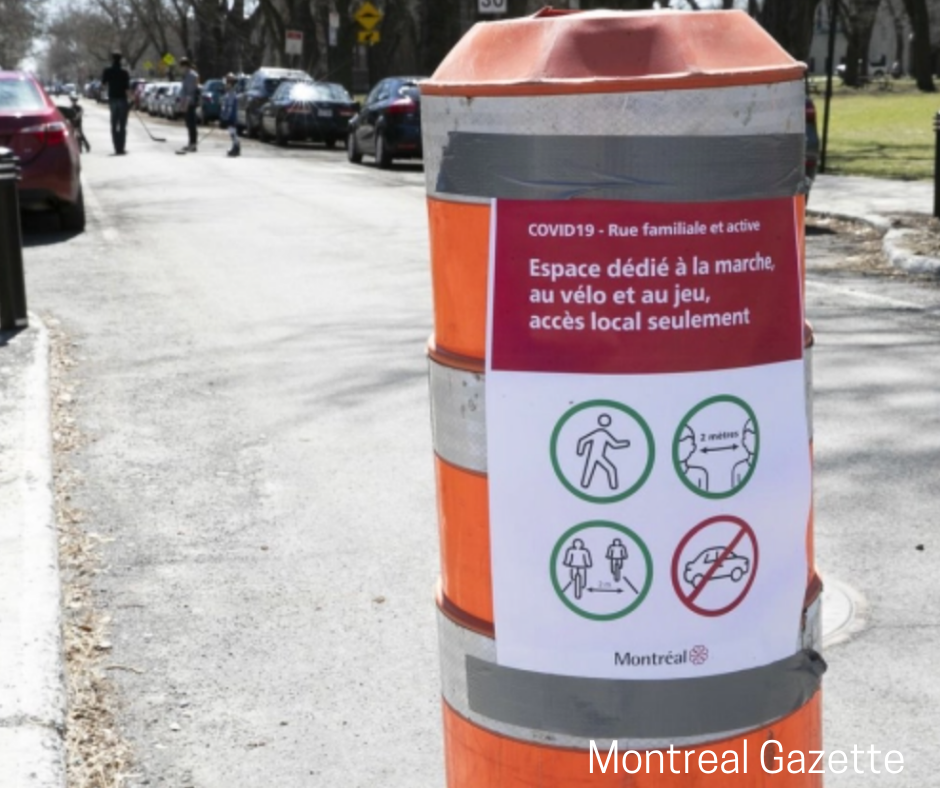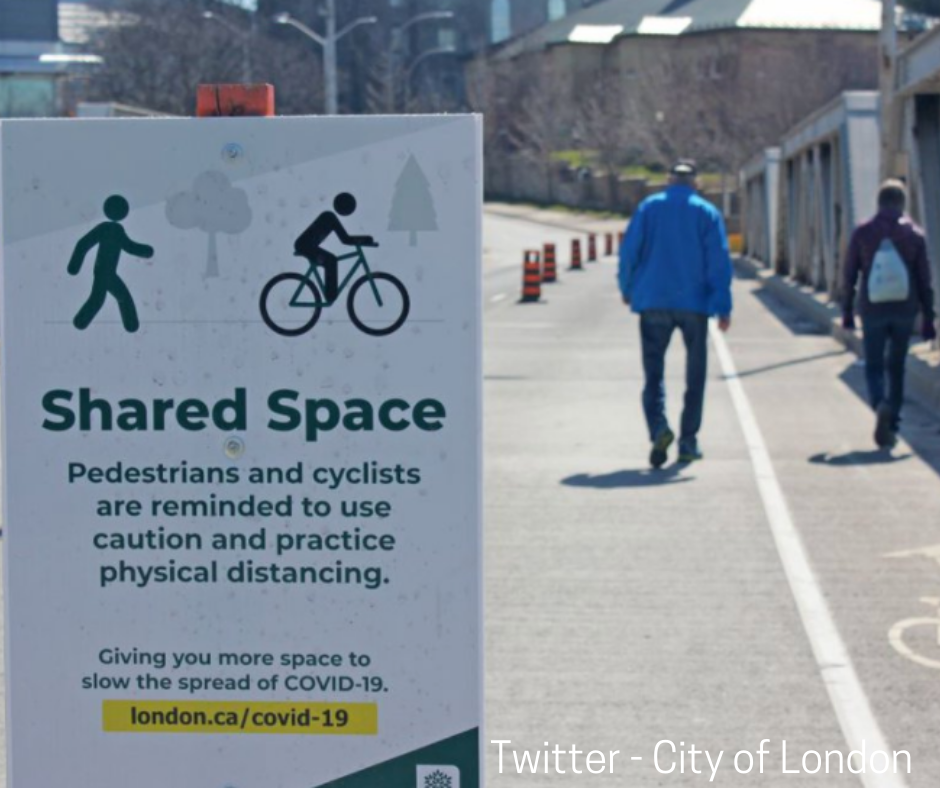“If you know the enemy and you know yourself, you need not fear the result of a hundred battles”
– Sun Tzu, The Art of War
When it comes to negotiating with a supplier you know versus a supplier you don’t, the tendency is to prefer the one you have an existing relationship with.
There could be several reasons as to why this would make the most sense:
– Renewing an agreement for goods and services that are already being provided.
– Engaging a supplier who is already on site for time-sensitive work
– Leveraging pre-negotiated terms, conditions and/or pricing
However, these are not the most common reasons for businesses to prefer their incumbent suppliers to new ones.
The main reason we negotiate with incumbents is because we know them.
When I needed new tires I asked my mechanic what he would recommend, since he had been servicing my car for the last 6 years. Tires were not his specialty and I knew I would pay a premium by having him find and purchase the tires for me. But I also knew that he would recommend the best tires based on his knowledge of my car and the way I drive it.
Similarly, we tend to prefer looking to our incumbent suppliers for solutions to our problems because we feel that they will recommend what is best for our organization based on their knowledge and experience from having worked with us.
This makes complete sense, and in most cases would be the recommended approach. The goal should be to have 80% (or more) of your annual spend go through your top 20 suppliers.
But this should not mean that we forego the negotiation. A healthy supplier relationship is built not only on trust, but also on transparency and mutual benefit. Good suppliers understand this and are willing to open up discussions for a mutually beneficial agreement. The rest are looking to make a quick buck at their customer’s expense.
I recently had the good fortune and misfortune of representing a client in negotiations with two very well known software suppliers. The client had acquired another company through a divestiture and both suppliers were incumbents of the divested entity.
One supplier came to the table in the full spirit of partnership. Their team brought forth all of the knowledge they had gleaned over the years in licensing their products to the divested entity. They understood the architecture and proposed solutions that would allow my client to maximize their investment. They also provided industry insight that demonstrated an understanding of my client’s business beyond what their software did.
The other supplier pointed to their existing license agreement with the divested entity and stated that, since it did not allow for assignment of licenses, my client would need to re-purchase all of the licenses that were currently installed or face legal recourse.
In the end, we negotiated a short-term agreement with one supplier and established a longer-term strategic partnership with the other.
I will let you guess which supplier my client no longer uses.
Leveraging existing relationships doesn’t mean giving in to the incumbent’s demands, but rather negotiating mutually beneficial agreements with the suppliers that want to be true business partners and not just vendors that sell you things.
Have you recently negotiated with an incumbent supplier, or are you preparing to do so anytime soon? If so, I would love to hear about any challenges you’ve had to overcome or tips you may have for the rest of us.

















